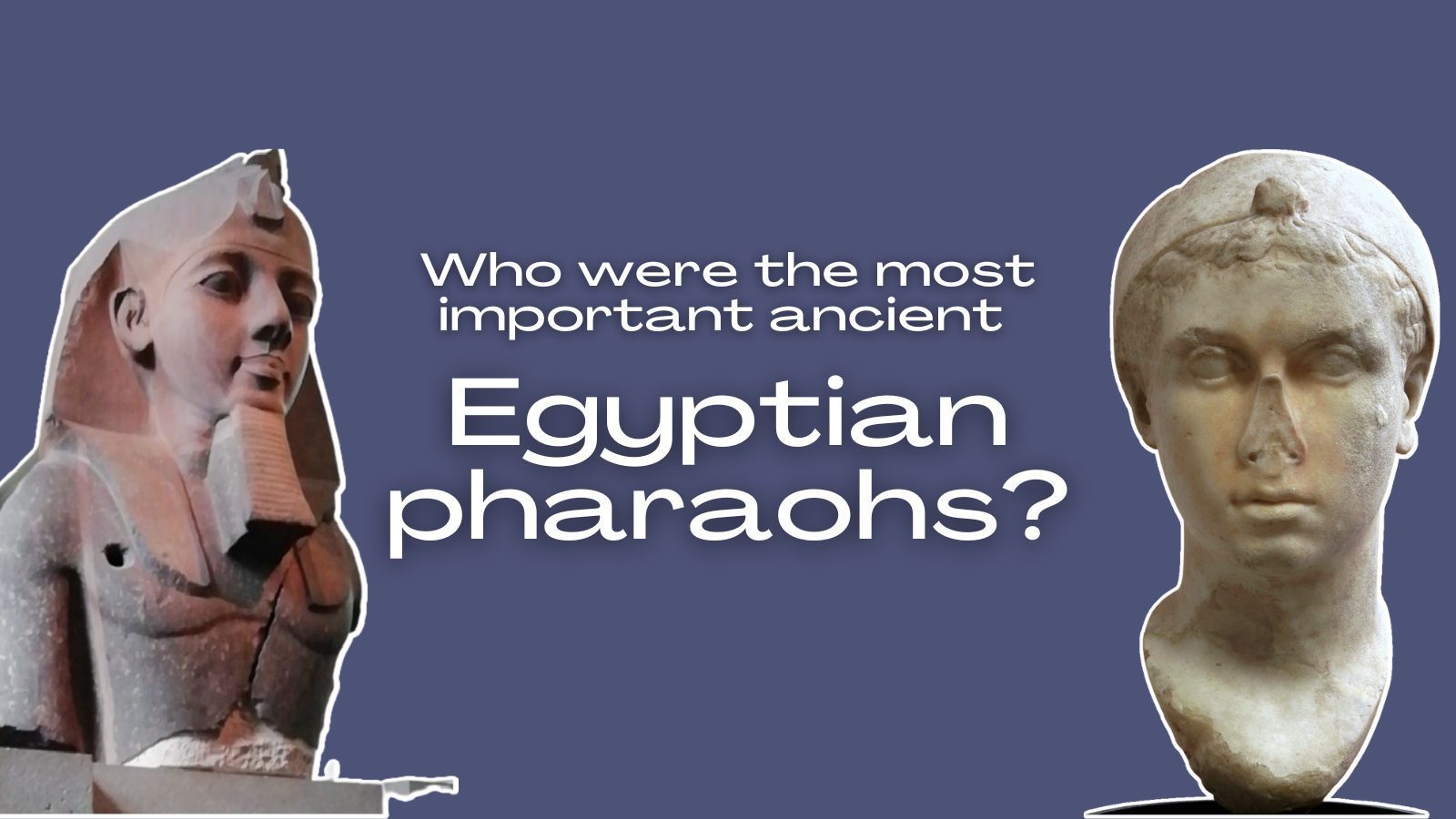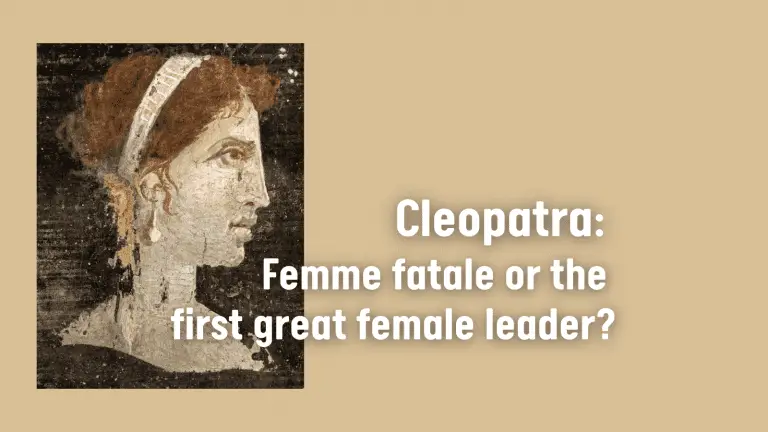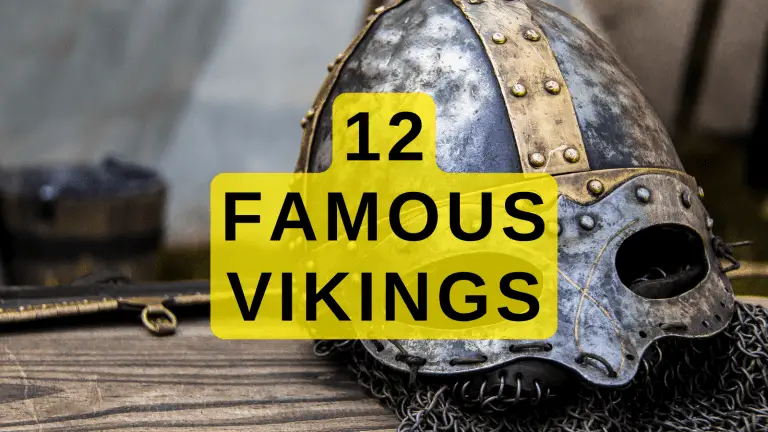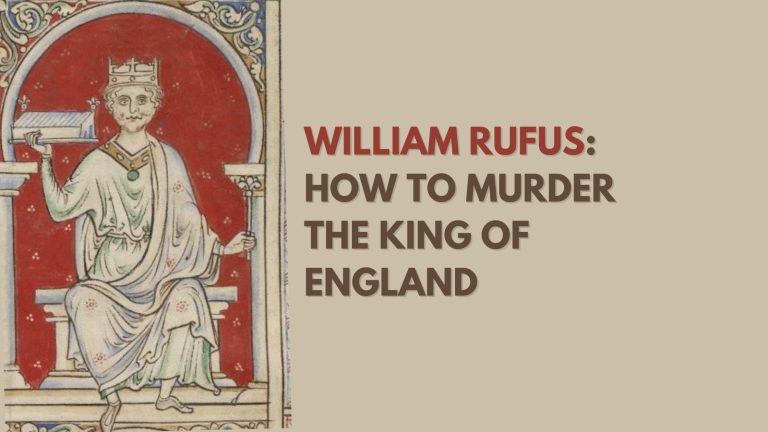Who were the most important ancient Egyptian pharaohs?
The ancient Egyptian rulers had a special name. They weren’t referred to as Egyptian kings and queens. They were the Egyptian pharaohs.
The word pharaoh conjures up all kinds of imagery. And rightly so, the pharaohs ruled Egypt for thousands of years. They were so numerous in number we don’t even have names for them all. No other country in the world named their leader pharaohs – when the name is used, we know we are talking about ancient Egypt.
However, if we’re honest with ourselves, most of us can only name three Egyptian pharaohs.
Tutankhamun, Ramesses II and Cleopatra.
If we are even more honest, we probably only knew two of those because of popular Hollywood movies and the other one because of the most famous tomb discovery the world has ever seen.
Let’s examine some of the most important Egyptian pharaohs in the history of Egypt.
Tutankhamun (1332 BC to 1323 BC)
Was the pharaoh Tutankhamun important? In the history of Egyptian pharaohs, probably not. However, he is certainly the most famous.
He was probably the youngest pharaoh to have sat on the throne. When King Tut, as he is sometimes referred to, ascended to the throne, he was just a boy, probably nine years old. He died young as well, around twenty years of age. Despite having his body, the cause of death can’t be determined. There have been suggestions that malaria was to blame or, more interestingly, sickle cell anemia.
Tutankhamun’s fame comes from the discovery of his tomb by Howard Carter in 1922. The tomb revealed a whole host of treasures that amazed the world. It also brought with it a legend. After several of Carter’s team mysteriously died, it was said that Tutankamun’s tomb came with a curse.

CairoEgMuseumTaaMaskMostlyPhotographed.jpg – Roland Ungerhttps://en.wikipedia.org/wiki/File:CairoEgMuseumTaaMaskMostlyPhotographed.jpghttps://creativecommons.org/licenses/by/2.5/deed.en / https://creativecommons.org/licenses/by-sa/2.0/deed.enhttps://creativecommons.org/licenses/by-sa/1.0/deed.en
Ramesses II (1279 BC to 1213 BC)
Ramesses II became pharaoh on the 31st of May 1279 BC. He was one of history’s great builders constructing cities, temples, and monuments.
He was created regent by his father, Seti I, when he was just 14 years of age.
He created a new capital called Pr-Ramesses in the Nile Delta and used it to undertake military campaigns against Syria.
Like most pharaohs, he had numerous wives, the most well-known being Nefertari. Her tomb has the famous portrait of her on the walls. He fathered numerous children with his wives. It is estimated that he had at least 50 children.
He was probably one of the longest reigning pharaohs in history, as he died around the age of ninety. He was buried in the Valley of the Kings, and his mummy is now in the Cairo Museum. He is considered probably the most powerful ruler of the New Kingdom (The period between the sixteenth century BC and the eleventh century BC) and certainly the greatest ruler of the 19th dynasty.
Ramesses is often considered the pharaoh who features in Exodus in the bible. However, there is no evidence of that.
History sometimes refers to him as Ramesses the Great.

Luxor Temple – Merlin UKhttps://en.wikipedia.org/wiki/File:Luxor_Temple_-_panoramio_(10).jpghttps://creativecommons.org/licenses/by-sa/3.0/deed.en
Merneptah (1213 BC – 1203 BC)
Merneptah is worthy of a mention purely as he emerged from Ramesses II’s numerous children to be his successor. He was Ramesses’s thirteenth son and the fourth child of his father and Isetnofret.
It goes to show that sometimes the firstborn son isn’t always the one that gets everything
He was also appointed Regent for the final twelve years of his father’s reign, which most have been difficult considering the egotistical nature of Ramesses II.
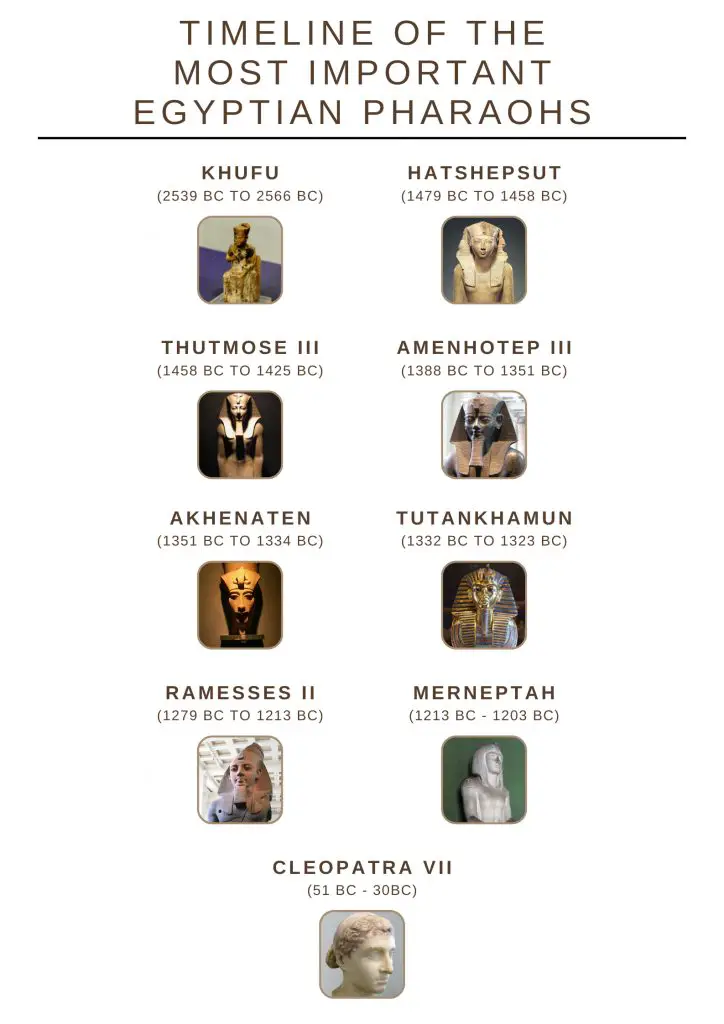
Cleopatra VII (51 BC – 30BC)
Yes, THAT Cleopatra. Mark Antony. Julius Caeser. Shakespeare and Elizabeth Taylor.
You didn’t know that there were another six Cleopatras before her, did you?
The Egyptian empire was on its last legs when she came to the throne. She was a member of the Ptolemaic Dynasty and a descendant of its founder, Ptolemy I Soter, who was a Macedonian Greek and companion of Alexander the Great.
Her leadership skills were probably unrivalled, and she was able to skillfully manage to bring peace to her country.
The famous love affairs were simply part of her story and shouldn’t be considered the sum of her talents.
Her suicide effectively brought about the end of the Egyptian pharaohs.
Hatshepsut (1479 BC) to 1458 BC
Hatshepsut was the principal wife of Thutmose II. She was the stepmother of Thutmose III.
She became pharaoh (only the second woman to do so) by highlighting her lineage as the only child of Thutmose I. The fact that her stepson was only two years old helped her. She managed to reestablish old trade networks and, therefore, rebuilt the wealth of the empire. Hatshepsut used this new wealth to undertake numerous building projects in both upper and lower Egypt.
She had monuments constructed at the Temple of Karnak. She built two obelisks at the entrance to the Temple, which was the tallest in the world. She also built the Temple of Paket at Beni Hasan.
Such was the size of her mortuary temple at a site on the West Bank of the Nile. The area then became known as the Valley of the Kings as subsequent pharaohs wanted their mortuary temples to associate with Hatshepsuts.
Thutmose III (1458 BC to 1425 BC)
The only pharaoh that could rival Ramesses II in terms of “greatness.”
He succeeded his stepmother to the throne. (The rules of succession in ancient Egypt were not clear!) He was regent from the age of two, and so sometimes his reign is dated from 1479BC. However, he wasn’t in control of the kingdom until the death of his stepmother Hatshepsut.
He was a keen student of military campaigns, and once pharaoh, he embarked on a series of wars that grew the Egyptian Empire to its largest size.
His campaigns are Immortiziled in the Annals of Thutmose III, which are inscribed at Karnak Temple of Amun.
The tomb of Thutmose III was found in the Valley of the Kings in 1898. It is typical of 18th dynasty tombs with a sharp turn at the vestibule just before the burial chamber. A statement found in the tomb biography written by an official called Amenemheb states that Thutmose III died in the Year 54, III Peret day 30 of his reign.
Thutmose III’s mummy was discovered in the Mortuary Temple of Hatshepsut in 1881.
Amenhotep III (1388 BC to 1351 BC)
Amenhotep III was the ninth pharaoh of the 18th dynasty and is sometimes referred to as Amenhotep the Magnificent.
Amenhotep III liked telling stories. He created a wonderful one about himself. He was the son of Thutmose IV and a minor wife of his, Mutemwiya. Amenhotep III decided that this wasn’t a particularly great lineage, so he created a new reality.
He claimed that his father was the God Amun, who had taken the form of Thutmose IV in order to have a child with Mutemwiya. He even had a depiction of this birth created and displayed at Luxor Temple.
What we refer to as incest was common in the Kingdom of Egypt. Amenhotep III was not afraid of this and married at least two of his own daughters.
Amenhotep IV or Akhenaten (1351 BC to 1334 BC)
In the fifth year of his reign Amenhotep IV changed his name to Akhenaten. He abandoned traditional polytheism and turned to Atenism, essentially the sole worship of the sun.
This change in traditional religion was reversed after his death.
He would likely have become a forgotten footnote to history if it wasn’t for two things.
Firstly, his wife – Nefertiti. Her famous limestone bust is one of the most recognizable ancient Egyptian artefacts.
Secondly, in the nineteenth century Amarna, the new capital city he had built for the worship of Aten was discovered, closely followed by his mummy in the Valley of the Kings.
Khufu (2539 BC to 2566 BC)
Khufu was the second pharaoh of the 4th Dynasty. Only one image of him has ever been found, a three-inch high ivory figurine. Much of the detail of his reign is poorly documented.
So why is he considered one of ancient Egypt’s most important pharaohs?
The Great Pyramid of Giza.
He built it as his own personal stairway to heaven. And it remained the tallest structure in the world for almost 4000 years until Lincoln Cathedral beat it.
The Great Pyramid of Giza was Khufu’s tomb. It differed from today’s appearance in that it had a smooth white limestone casing over it.

Kheops Pyramid – Nina
https://creativecommons.org/licenses/by/2.5/deed.en / https://creativecommons.org/licenses/by-sa/3.0/deed.en
